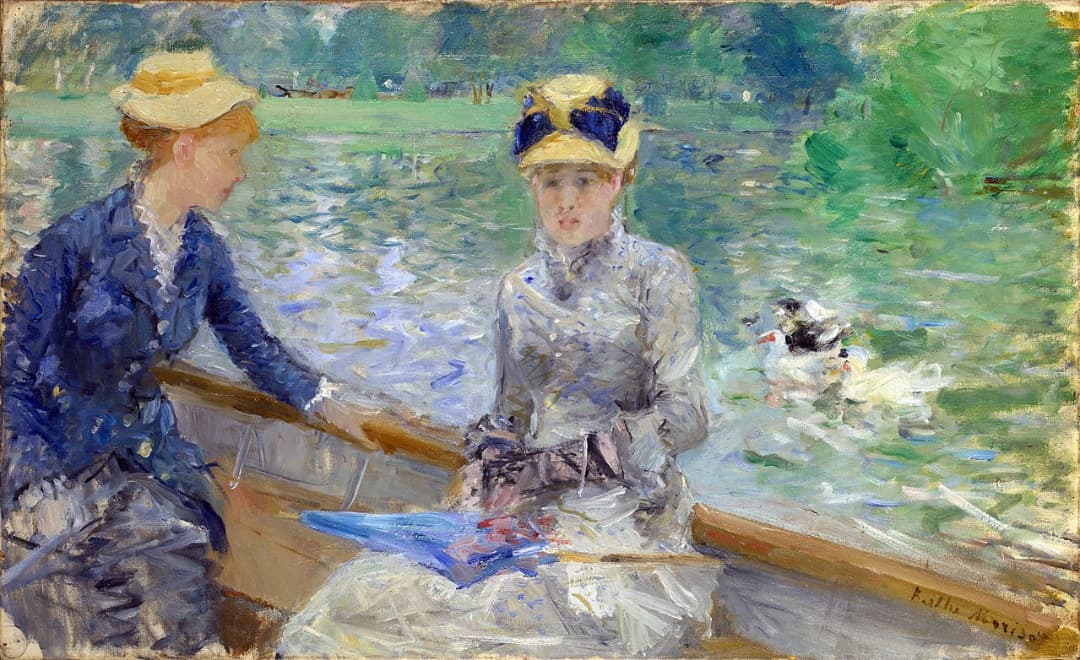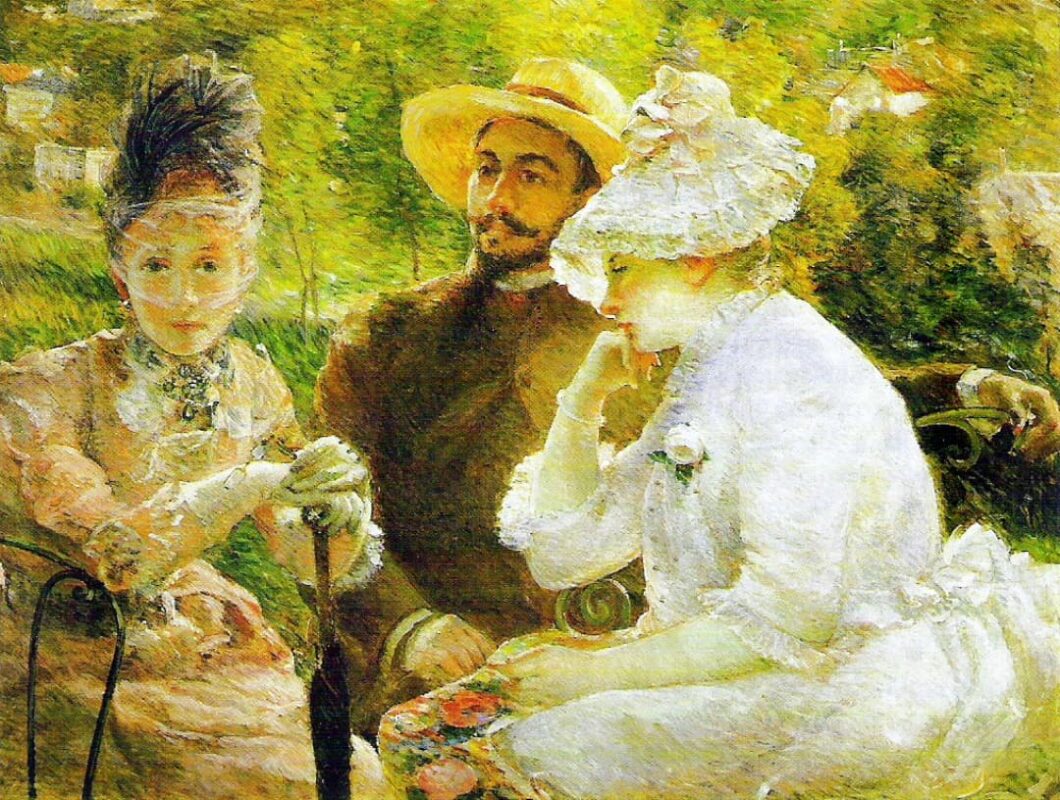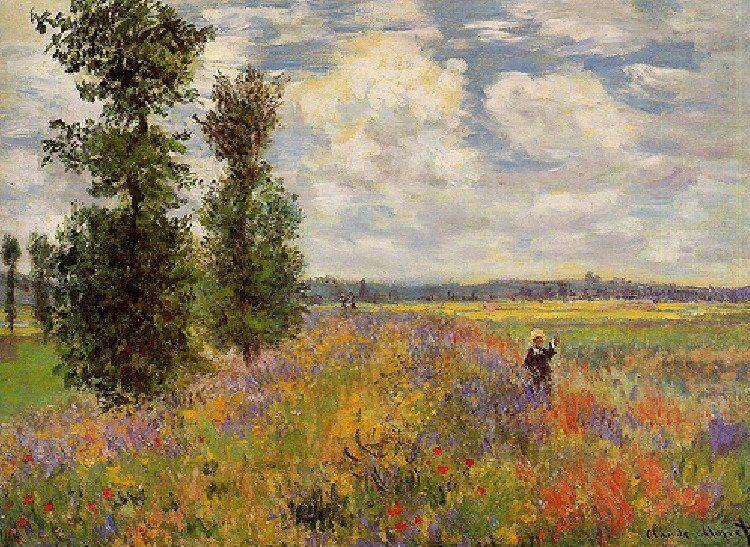Impressionism was an artistic movement that developed in France at the end of the 19th century, and had a great
influence on painting, music, literature and fashion.
One of the main characteristics of Impressionism is the use of bright, vibrant colours and the technique of the loose
brushstroke, which sought to capture the feeling of the moment, rather than to represent an image faithfully.
Impressionist artists sought to capture the light and colour of a particular moment, and to achieve this, they worked
outdoors and at different times of the day to capture the different shades of light.

Impressionism was also a movement that challenged the established norms of art at the time, and broke with the academic tradition of painting. Impressionist artists moved away from realistic and detailed depictions of the human figure, opting instead to depict everyday moments, scenes of urban life and natural landscapes. Impressionism was also characterised by a great attention to detail and texture, and the use of techniques such as the layering of paint and the use of colour contrasts.
Also had a great impact on music and literature. In music, Impressionism was characterised by the use of complex and subtle harmonies and the incorporation of elements of nature into the composition. In literature, Impressionism was reflected in the use of techniques such as the interior monologue and the detailed description of sensory perception.
PRUEBA A DESLIZAR LA IMAGEN
In fashion, Impressionism manifested itself in the use of light fabrics and bright colours, which sought to imitate the
luminosity of Impressionist painting. Impressionism also influenced the way prints and fabrics were designed, with the
use of floral motifs and elements of nature.
In addition to the technique of loose brushstrokes and the use of bright colours, Impressionism was also characterised
by an interest in capturing the atmosphere and transience of natural phenomena, such as variations in light, fog and
smoke. Impressionist artists were interested in the subtle transitions of colour and tone that occur in natural
landscapes, and sought to capture them in their works.
Although Impressionism is generally associated with painting, it also had an impact on sculpture, photography and
architecture. In sculpture, Impressionist artists sought to depict the transience of light and shadow in marble and
bronze, and used the technique of modelling to create works of art that appeared to be constantly changing. In
photography, Impressionism influenced the use of techniques such as sepia printing and the use of natural light to
create atmospheric effects.
In architecture, Impressionism manifested itself in the use of materials such as iron and glass, which allowed natural
light to enter buildings. Impressionist architects also sought to create spaces that reflected the atmosphere and feel
of nature, using elements such as round arches and domes.
Impressionism was also associated with a new interest in modern, urban life. Impressionist artists were interested in
the everyday scenes of urban life, such as cafés, parks and railway stations, and used their technique to depict them in
a vivid and realistic manner. In general, Impressionism was characterised by an interest in sensory experience and
subjective perception of the world, and had a great impact on the way artists thought about the representation of
reality in art.


